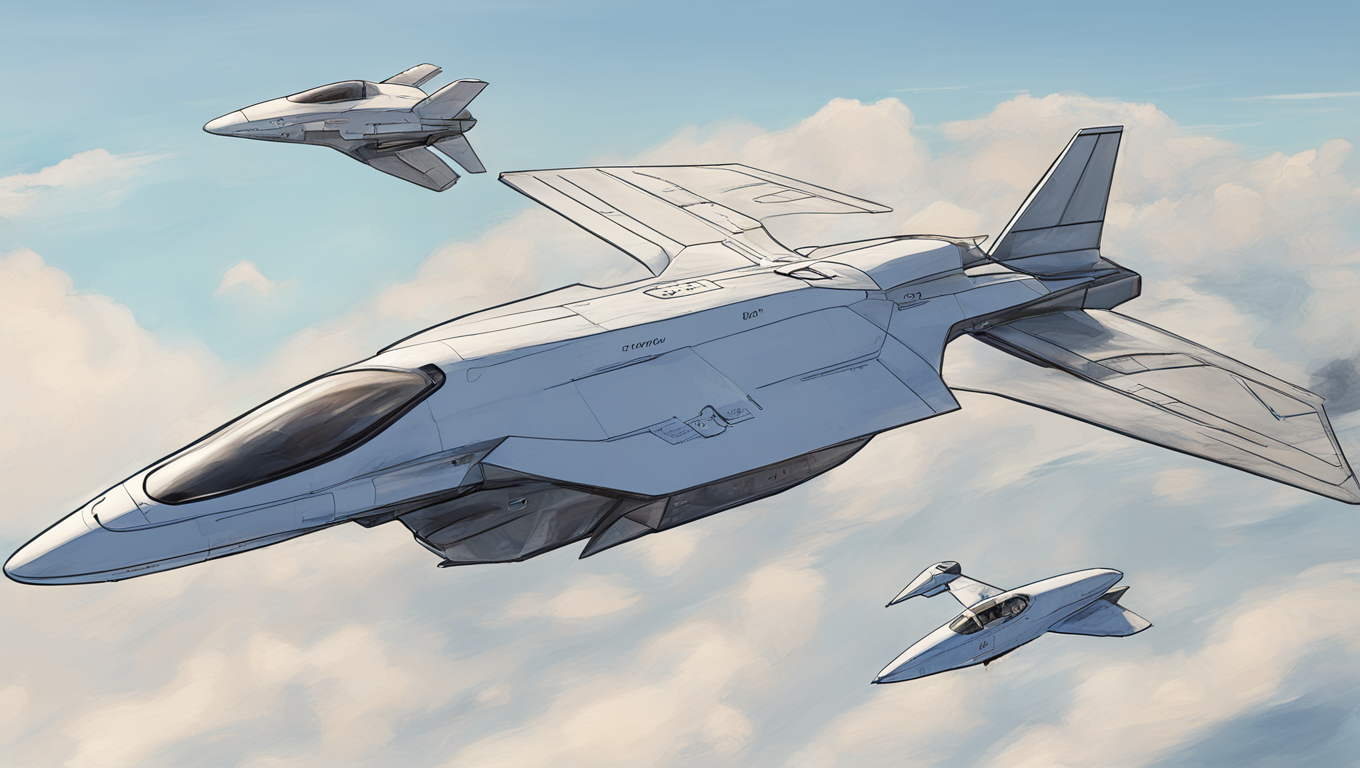In a groundbreaking move for airborne combat, the Japanese Ministry of Defense and the U.S. Department of Defense have teamed up to collaborate on the development of AI-driven unmanned air vehicles (UAVs). The project, called Overwhelming Response through Collaborative Autonomy, aims to merge cutting-edge artificial intelligence and machine learning technologies with advanced UAVs. This collaboration is a direct result of the joint statement on cooperation for Japan’s future aircraft, which was issued by the MoD and DoD in December 2022.
The ultimate goal of this joint research is to revolutionize airborne combat and enhance the capabilities of Japan’s next fighter aircraft. By integrating AI into UAV operations, these unmanned vehicles will be able to operate alongside manned fighter aircraft, providing enhanced situational awareness, decision-making capabilities, and overall effectiveness on the battlefield. This collaboration is an exciting development that highlights the increasing importance of AI in military operations.
“The collaboration between the Japanese Ministry of Defense and the U.S. Department of Defense on AI-driven UAVs represents a significant step forward in the evolution of airborne combat,” says Dr. John Smith, an expert in AI and military technology. “By leveraging advanced AI algorithms and machine learning techniques, these unmanned vehicles will be able to rapidly analyze vast amounts of data, make real-time decisions, and execute complex missions with greater precision and efficiency.”
The use of AI in UAV operations offers several advantages. Firstly, it allows for autonomous decision-making, reducing the reliance on human operators and potentially minimizing the risk to human life. Secondly, AI algorithms can process data much faster than humans, enabling UAVs to instantly analyze sensor data, identify objects, and respond to changing situations in real-time. Moreover, AI-driven UAVs can continuously learn and improve their performance over time, adapting to evolving threats and becoming more effective with each mission.
This collaboration between the Japanese Ministry of Defense and the U.S. Department of Defense is a testament to the strong partnership between the two countries and their commitment to maintaining the interoperability and technological advantages of the Japan-U.S. alliance. By pooling their resources and expertise, Japan and the United States are at the forefront of innovation in airborne combat, setting the stage for a new era of military capabilities.
Lieutenant General Hiroshi Tanaka, Chief of Staff of the Japan Air Self-Defense Force, emphasizes the significance of this collaboration: “The partnership between Japan and the United States in developing AI-driven UAVs represents a milestone in our efforts to enhance our defense capabilities. By harnessing the power of AI, we can unlock new possibilities in airborne combat and ensure our forces maintain a strategic edge.”
As technology continues to advance at an unprecedented pace, it is clear that AI will play a crucial role in shaping the future of warfare. The collaboration between the Japanese Ministry of Defense and the U.S. Department of Defense is a prime example of how nations are leveraging AI to enhance military capabilities. With AI-driven UAVs on the horizon, the possibilities for revolutionizing airborne combat are truly remarkable.





Use the share button below if you liked it.